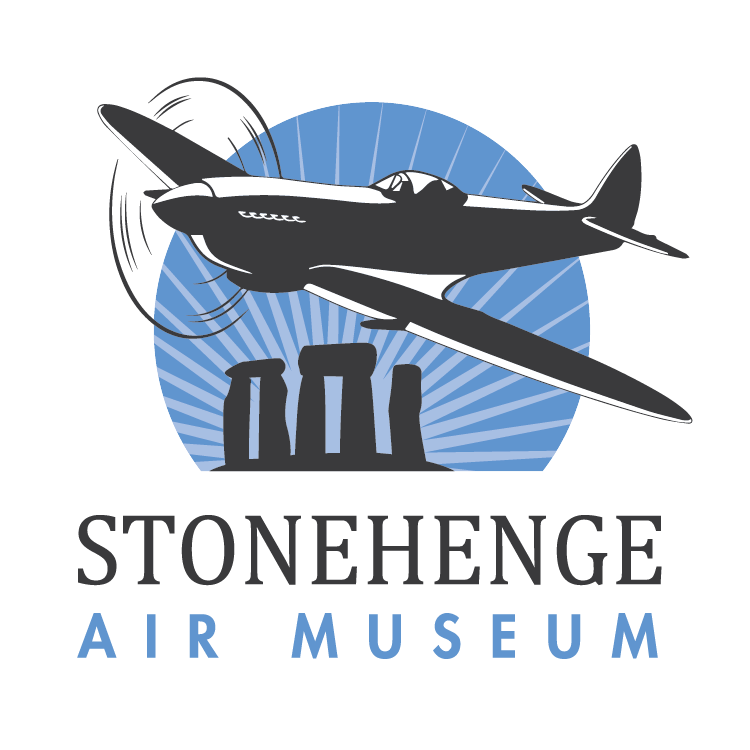1952 CCF Mk IV “Harvard”
The Harvard Mk IV was built by Canadian Car and Foundry (CCF) under license from North American Aviation as the Canadian-built version of the venerable North American AT-6. Canada built more Harvards than any other aircraft type in their inventory, with a total of 3,350 produced.
The design was originally designated the North American NA-16 in 1937, and was intended to compete for a roll as a “basic combat” aircraft for the U.S. Army Air Corps. Experience quickly showed that it was a mediocre combat aircraft but an excellent trainer, so it was reclassified by the Army Air Corps as an Advanced Trainer, the AT-6. Nicknamed “Texan” in the US, the AT-6 was employed in training most of the Allied fighter pilots of World War II and went on to become arguably the best fighter training aircraft of all time. From 1940 to 1955, nearly all American and British Commonwealth pilots received at least some training on the Texan/Harvard. Strong yet unforgiving, requiring a delicate touch to keep straight during landing and take-off, it was an ideal training airplane.
Because of its reputation as a great training platform, many of these aircraft continued in use with air forces around the world for decades. In fact, the South African Air Force operated the AT-6s as late as 1995. The aircraft could also be modified as an armament trainer capable of carrying either machine guns, rockets or practice bombs, or could be outfitted as a ground-attack variant.
During the Korean War and, to a lesser extent, the Vietnam War, T-6s were pressed into service as forward air control aircraft by the USAF. These aircraft were designated T-6 “Mosquitoes”.
The aircraft on display was built by CCF in 1952 and served in the Royal Canadian Air Force with the No. 2 Training Squadron in Gimli, Manitoba, and Moose Jaw, Saskatchewan. From 1953 until 1959, this squadron served as part of the NATO Air Training Plan helping to train 4,000 airmen from Belgium, Denmark, France, Germany, Italy, the Netherlands, Norway, Portugal, Turkey and the United Kingdom.
After its RCAF service, this aircraft was declared surplus and sold on the civilian market in 1966.
Jim Smith acquired this aircraft in 1987.


